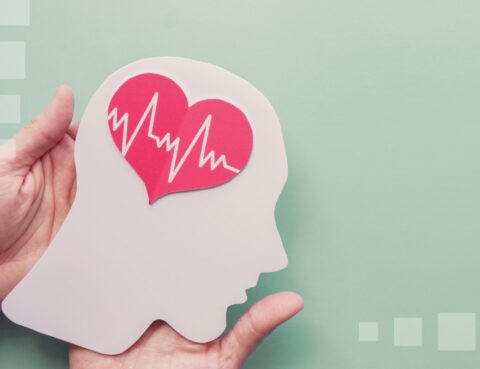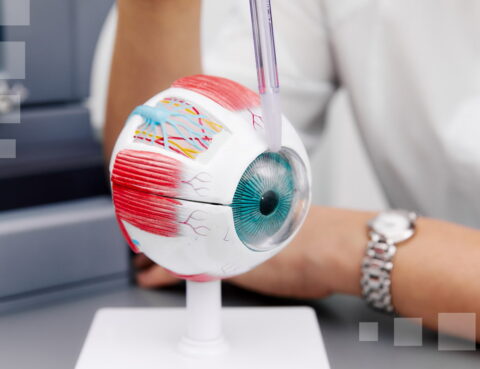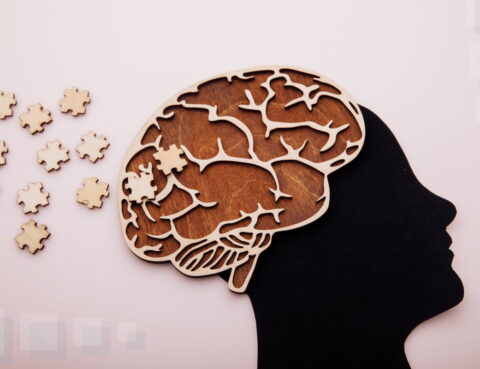
If you’re here, you probably felt a tingling sensation in your hands. It is a widespread phenomenon among people. But having just felt this symptom, it is crucial not to panic. Usually, this does not entail exceedingly terrible consequences. But in the case of ignoring it, it can still happen. Let’s start with the fact…

Stenosis of the carotid arteries is a narrowing of the lumen of the vessels that are responsible for the blood supply to the brain. Pathology is dangerous and coward: there are no symptoms for a long time, but there can be dangerous complications. When carrying out diagnostics and treatment, it is necessary to establish the…

Lacunar stroke is an ischemic cerebral infarction limited to the territory of the blood supply to one of the small perforating arteries located in the deep regions of the hemispheres and the brain stem. In the process of organizing a lacunar infarction, a rounded cavity is formed, filled with cerebrospinal fluid – a lacuna. Lacunar…

Devic’s disease is a disorder of the central nervous system that strikes the nerves of the eye and spinal chord. This disease occurs when the body’s immune system mistakenly attacks the cells of the nervous system, and although it mainly affects the optic nerve and spinal chord, it can also affect other parts of the…

Migraine with aura is a disorder that presents with repeated episodes of reversible local neurological symptoms (aura), usually increasing over 5-20 minutes and lasting no more than 60 minutes. “Aura“ is a term that doctors understand as follows: Visual impairment. It can be lines, lights, spots, flickers. In severe cases, loss of vision. All manifestations…

Neurological disturbances are defined as severe diseases resulting from genetic or inheritance factors and prime acquired reasons due to force majeure, incidents, or trauma-concerned circumstances. The severity of such disorders is connected with the complicated nerve ties and the uninvestigated brain functionalities. Scientists have proven that the initial conjunction between the nerve system and the…

Due to the increase in life expectancy, neurodegenerative diseases are increasingly common worldwide. The cause of neuronal death, which causes neurodegenerative diseases and leads to various neurological symptoms, primarily dementia, and impaired movement, is unknown. Symptoms in neurodegenerative diseases depend on which part of the central nervous system is affected. Modern treatment methods are symptomatic…

A mini-stroke (transient ischemic attack) is a type of stroke, accompanied by impaired blood circulation and a lack of oxygen supply to certain areas of the brain. Also known as a transient ischemic attack (TIA), a mini-stroke only lasts a few minutes and doesn’t usually result in permanent damage. Still, TIAs can be followed by…

A stroke of the brainstem is a disturbance of blood supply to the specified site of a brain that occurs quickly and unexpectedly. Brain stem stroke is one of the most dangerous clinical conditions. Thus, it is essential to remember the symptoms to call emergency services on time. The brain stem is the part of…

We’re sure you’ve heard about strokes and why people over the age of 65 should be afraid of them. However, not everyone knows about the causes of a mini-stroke. In a mini-stroke, the brain cells malfunction quickly and cause symptoms similar to a stroke. However, the symptoms and signs of a mini-stroke usually disappear within…
